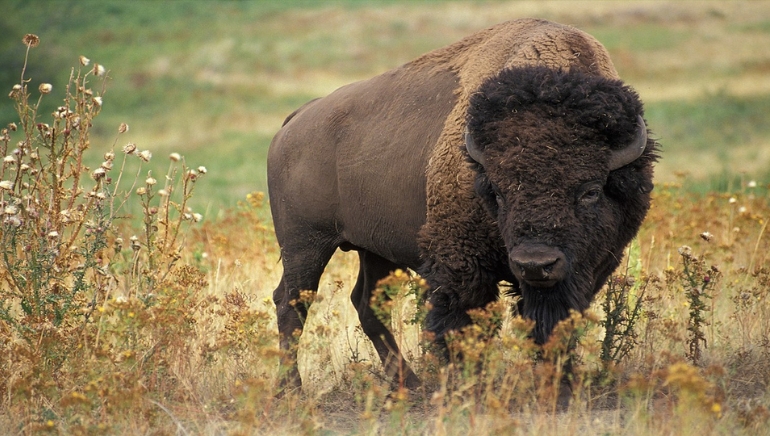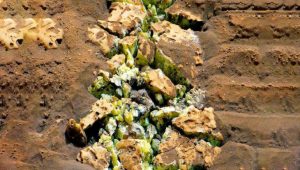A herd of 170 European bison reintroduced to Romania’s Țarcu Mountains could significantly mitigate CO2 emissions, equivalent to removing 43,000 US cars annually. Rewilding Europe and WWF Romania brought back European bison in 2014, after being extinct in Romania for more than 200 years.
Currently, there are over 170 of these animals in one of the largest free-roaming populations in Europe. Using a model created by the Yale School of the Environment and supported by the Global Rewilding Alliance, the study calculates how the bison affects ecological interactions that store carbon in soil.
With its 50 square kilometres of grasslands, the bison herd in the Śarcu Highlands has the potential to absorb an extra 54,000 tonnes of carbon per year—nearly 9.8 times more than it would if it weren’t there. This is equivalent to the annual carbon dioxide emissions of 43,000 typical gasoline-powered US automobiles, or, because European cars are more energy-efficient, 123,000 cars.
Professor Oswald Schmitz emphasises how important it is for ecological balance that bison have an impact on the soil, nutrients, plants, and seed dissemination. The reintroduction of bison supports tourist and nature-based businesses by promoting biodiversity. To verify models and realise long-term advantages, further fieldwork is recommended.















